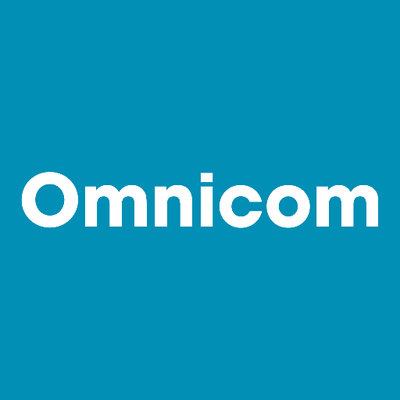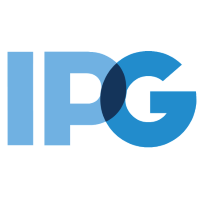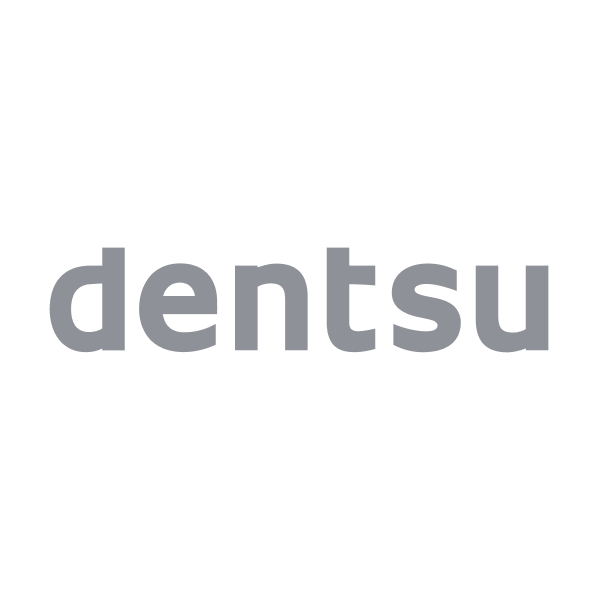
Pressman Advertising Ltd
NSE:PRESSMN

Profitability Summary
Pressman Advertising Ltd's profitability score is 56/100. We take all the information about a company's profitability (such as its margins, capital efficiency, free cash flow generating ability, and more) and consolidate it into one single number - the profitability score. The higher the profitability score, the more profitable the company is.

Score
We take all the information about a company's profitability (such as its margins, capital efficiency, free cash flow generating ability, and more) and consolidate it into one single number - the profitability score. The higher the profitability score, the more profitable the company is.
We take all the information about a company's profitability (such as its margins, capital efficiency, free cash flow generating ability, and more) and consolidate it into one single number - the profitability score. The higher the profitability score, the more profitable the company is.

Score

Score
Margins
Profit margins represent what percentage of sales has turned into profits. Simply put, the percentage figure indicates how many cents of profit the company has generated for each dollar of sale.
Profit margins help investors assess if a company's management is generating enough profit from its sales and whether operating costs and overhead costs are being contained.
Earnings Waterfall
Pressman Advertising Ltd

|
Revenue
|
136.1m
INR
|
|
Cost of Revenue
|
-79.5m
INR
|
|
Gross Profit
|
56.6m
INR
|
|
Operating Expenses
|
-21.5m
INR
|
|
Operating Income
|
35.2m
INR
|
|
Other Expenses
|
18.7m
INR
|
|
Net Income
|
53.9m
INR
|
Margins Comparison
Pressman Advertising Ltd Competitors

| Country | Company | Market Cap |
Gross Margin |
Operating Margin |
Net Margin |
||
|---|---|---|---|---|---|---|---|
| IN |

|
Pressman Advertising Ltd
NSE:PRESSMN
|
6.3B INR |
42%
|
26%
|
40%
|
|
| FR |

|
Publicis Groupe SA
PAR:PUB
|
24B EUR |
0%
|
14%
|
10%
|
|
| US |

|
Omnicom Group Inc
NYSE:OMC
|
14.9B USD |
27%
|
15%
|
9%
|
|
| CN |
F
|
Focus Media Information Technology Co Ltd
SZSE:002027
|
107B CNY |
65%
|
44%
|
42%
|
|
| UK |

|
Informa PLC
LSE:INF
|
10.7B GBP |
66%
|
19%
|
8%
|
|
| US |

|
Interpublic Group of Companies Inc
NYSE:IPG
|
9.4B USD |
17%
|
13%
|
5%
|
|
| UK |

|
WPP PLC
LSE:WPP
|
6.5B GBP |
17%
|
9%
|
4%
|
|
| JP |

|
Dentsu Group Inc
TSE:4324
|
832.4B JPY |
85%
|
9%
|
-14%
|
|
| JP |

|
GMO AD Partners Inc
TSE:4784
|
701.6B JPY |
46%
|
1%
|
0%
|
|
| JP |

|
CyberAgent Inc
TSE:4751
|
621.1B JPY |
28%
|
5%
|
3%
|
|
| FR |

|
JCDecaux SE
PAR:DEC
|
3.3B EUR |
54%
|
11%
|
7%
|
Return on Capital
Return on capital ratios give a sense of how well a company is using its capital (equity, assets, capital employed, etc.) to generate profits (operating income, net income, etc.). In simple words, these ratios show how much income is generated for each dollar of capital invested.




Return on Capital Comparison
Pressman Advertising Ltd Competitors

| Country | Company | Market Cap | ROE | ROA | ROCE | ROIC | ||
|---|---|---|---|---|---|---|---|---|
| IN |

|
Pressman Advertising Ltd
NSE:PRESSMN
|
6.3B INR |
12%
|
11%
|
8%
|
12%
|
|
| FR |

|
Publicis Groupe SA
PAR:PUB
|
24B EUR |
16%
|
4%
|
15%
|
11%
|
|
| US |

|
Omnicom Group Inc
NYSE:OMC
|
14.9B USD |
37%
|
5%
|
18%
|
12%
|
|
| CN |
F
|
Focus Media Information Technology Co Ltd
SZSE:002027
|
107B CNY |
29%
|
22%
|
28%
|
31%
|
|
| UK |

|
Informa PLC
LSE:INF
|
10.7B GBP |
5%
|
2%
|
7%
|
5%
|
|
| US |

|
Interpublic Group of Companies Inc
NYSE:IPG
|
9.4B USD |
13%
|
3%
|
16%
|
11%
|
|
| UK |

|
WPP PLC
LSE:WPP
|
6.5B GBP |
16%
|
2%
|
13%
|
7%
|
|
| JP |

|
Dentsu Group Inc
TSE:4324
|
832.4B JPY |
-25%
|
-5%
|
8%
|
10%
|
|
| JP |

|
GMO AD Partners Inc
TSE:4784
|
701.6B JPY |
0%
|
0%
|
2%
|
0%
|
|
| JP |

|
CyberAgent Inc
TSE:4751
|
621.1B JPY |
15%
|
4%
|
13%
|
16%
|
|
| FR |

|
JCDecaux SE
PAR:DEC
|
3.3B EUR |
12%
|
3%
|
6%
|
5%
|
Free Cash Flow
Free cash flow (FCF) is the money a company has left over after paying its operating expenses and capital expenditures. The more free cash flow a company has, the more it can allocate to dividends, paying down debt, and growth opportunities.
If a company has a decreasing free cash flow, that is not necessarily bad if the company is investing in its growth.





















































 You don't have any saved screeners yet
You don't have any saved screeners yet
